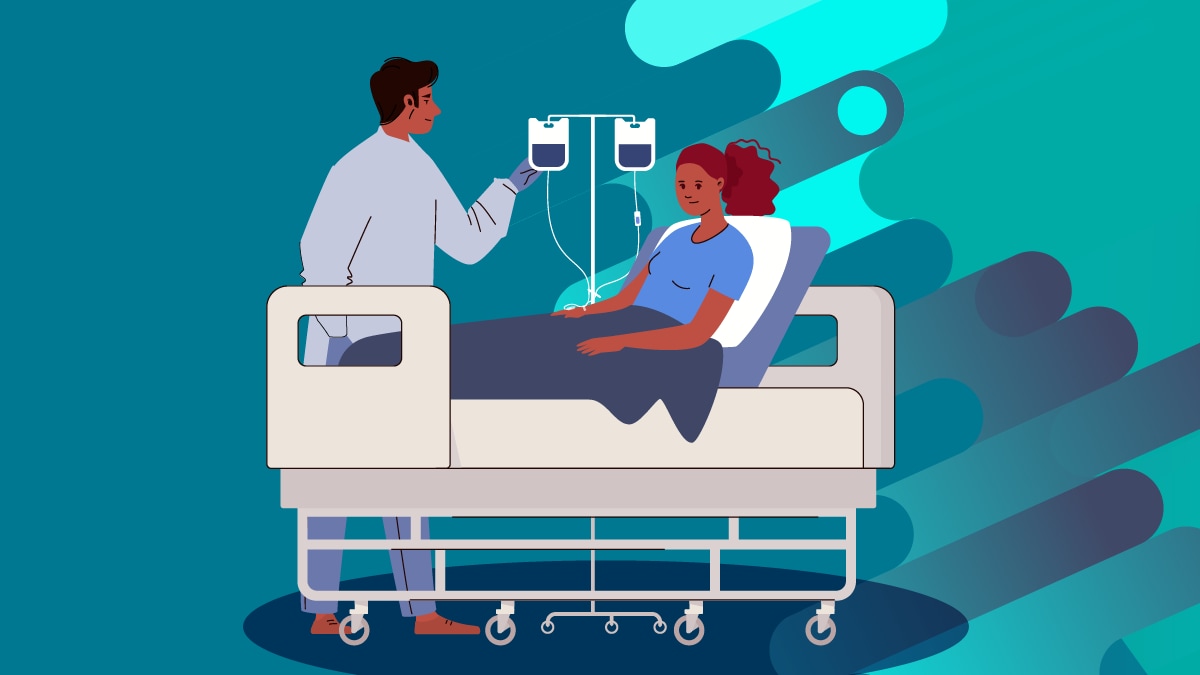Key points
- Echinocandins are the initial recommended treatment for adults and children over 2 months.
- Amphotericin B deoxycholate at 1 mg/kg daily is the initial recommended treatment for infants under 2 months.
- Reports of echinocandin-resistant and pan-resistant cases are increasing.
- Investigational drugs may be considered for echinocandin-resistant and pan-resistant infections.
- Only treat clinical infections. Do not treat patients without signs or symptoms of infection, regardless of screening test results.

Practice recommendations
- Consider consulting with an infectious disease specialist.
- Consider patient characteristics for antifungal selection and dosing.
- Carefully monitor patient response to treatment and adjust as needed..
All cases should be reported to state or local health departments.
Additional considerations, dosing details, and alternative treatments are explained below.
Treatment only recommended for clinical infection
CDC does not recommend treatment for C. auris for any patient without signs or symptoms of infection.
This includes both patients with C. auris colonization and patients with C. auris detected in noninvasive sites (i.e., respiratory tract or urine).
Adults and children over 2 months
Based on the limited data available to date, an echinocandin drug at the dose listed below is recommended initial therapy for treatment of C. auris infections.

| Echinocandin Drug | Adult dosing | Pediatric dosing ≥ 2 months of age |
|---|---|---|
| Anidulafungin | loading dose 200 mg IV, then 100 mg IV daily |
not approved for use in children |
| Caspofungin | loading dose 70 mg IV, then 50 mg IV daily |
loading dose 70mg/m2/day IV, then 50mg/m2/day IV (based on body surface area) |
| Micafungin | 100 mg IV daily | 2mg/kg/day IV with option to increase to 4mg/kg/day IV in children at least 40 kg |
Neonates and infants younger than 2 months of age
The initial treatment recommendation is:
- Amphotericin B deoxycholate, 1 mg/kg daily
- if unresponsive, consider liposomal amphotericin B, 5mg/kg daily.
- if unresponsive, consider liposomal amphotericin B, 5mg/kg daily.
In exceptional circumstances, where central nervous system involvement has been definitively ruled out, use of echinocandins may be considered with caution at the following doses:
- Caspofungin - 25 mg/m2/day IV (based on body surface area)
- Micafungin- 10mg/kg/day IV
Long-term infection control
Antimicrobial resistance and treatment considerations
While most strains of C. auris found in the United States are susceptible to echinocandins, reports of echinocandin-resistant and pan-resistant cases are increasing. Patients on antifungal treatment should be carefully monitored and susceptibility testing is recommended.
Treatment considerations for echinocandin-resistant and pan-resistant infections are based on limited evidence.
Echinocandin resistance
Consider treatment with liposomal amphotericin B (5 mg/kg daily) when:
- Susceptibility testing indicates echinocandin resistance
- Patients treated with echinocandins do not improve after 5 days.
Pan-resistance
Some strains are resistant to all three major classes of antifungals. Laboratory studies have found that combination antifungal treatment may be effective for pan-resistant infections but this was not evaluated in clinical settings.
Investigational drugs may be considered for patients with pan-resistant isolates.
Contact these companies to learn more about accessing the drugs through their expanded access programs:
Fosmanogepix: [email protected]
Ibrexafungerp: [email protected]
Resources
All other considerations for management of C. auris infections are similar to the management of invasive infections with other Candida species. Details are available in the 2016 IDSA Clinical Practice Guideline for the Management of Candidiasisexternal icon.
